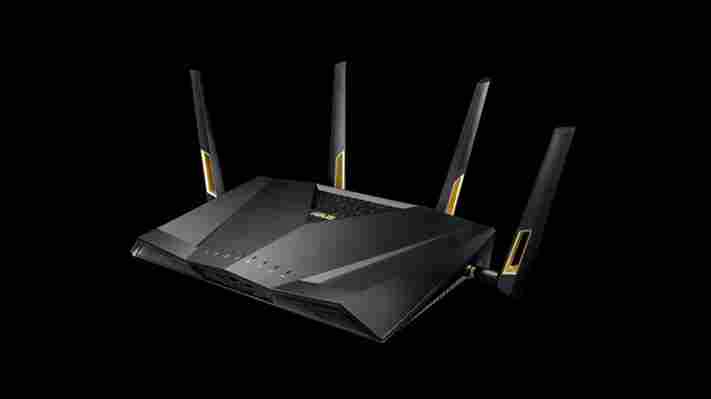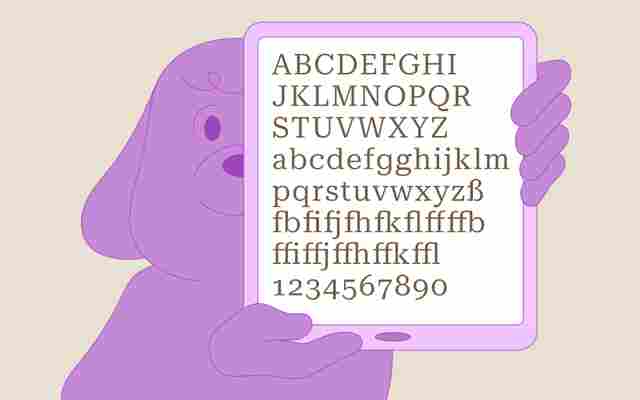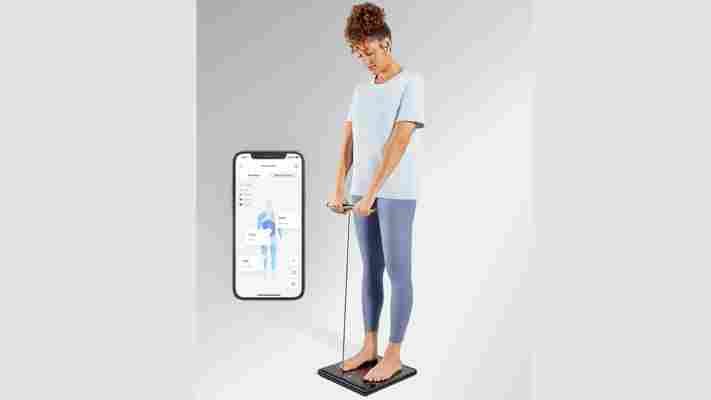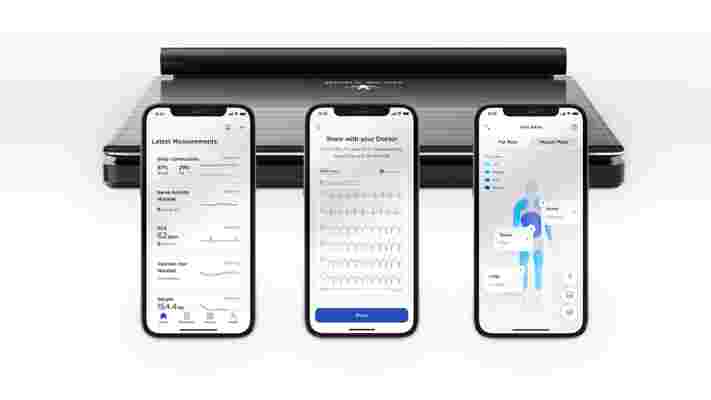You may have heard of Wi-Fi 6E recently, and that may seem strange since it feels like we all just got Wi-Fi 6 just a few months ago. But it's actually been about two years now since the late 2019 rollout of the last wireless networking standard.
And even though Wi-Fi 6E isn't so big an advance that it represents a whole new generation of wireless networking technology, it's still a pretty big advancement for the users .
Wi-Fi 6E offers better speeds, more connection capacity, and lower latency, especially if you haven't made the jump to Wi-Fi 6 yet.
So what is Wi-Fi 6E? Why is it faster? And how and when can you get it? Read on to find out all you need to know about this exciting new networking standard.
Wi-Fi 6E: cut to the chase
Wi-Fi 6E release date
The Wi-Fi Alliance, the organization which drafts new wireless technology standards, won FCC regulatory approval to open up the 6GHz band for unlicensed Wi-Fi broadcasting in 2020, but the process of certifying devices for Wi-Fi 6E started in early 2021.
In 2022, many more Wi-Fi 6E devices are being sold and other regulatory agencies around the world are considering opening up the 6GHz band to Wi-Fi 6E devices, so availability will steadily increase globally. When exactly it will be available though is up to government regulatory bodies, not industry, however.

Wi-Fi 6E routers and pricing
Wi-Fi 6E routers are already available from major manufacturers like Netgear, Orbi, Linksys, and Asus. Their prices range from ISP rental charges around $20/£20 a month to over $1,000/£1,000 to purchase yourself.
The Netgear Nighthawk RAXE500 , for example, will cost you about $579/£449/AU$900. The best mesh Wi-Fi routers will obviously me more pricey, depending on how many extenders you get. The Orbi mesh Wi-Fi system , for example, offers a three-pack system that costs $999/£899/AU$1,699.
The Orbi system might be expensive, but its at least cheaper now than it was when it was first released at $1,499/£1,499 (about AU$2,100) .
Wi-Fi 6 specs and performance
The underlying technology of Wi-Fi 6E isn't all that different from Wi-Fi 6, but what it does is open up the 6GHz band of the radio spectrum to Wi-Fi signals.
This means more available networking channels for devices to use at Wi-Fi 6 speeds. The biggest drag on Wi-Fi 6 connections isn't that its slower, but that too many connections over the 2.4GHz and 5GHz bands (including from neighboring Wi-Fi routers other than your own) leads to interference that can reduce speeds or even drop connections.
With the much wider 6GHz band, the same number of devices each have more bandwidth to work with, which means that they will all be getting much closer to the maximum speeds allowable under Wi-Fi 6.
In most cases, opening up the 6GHz band opens up as many as four times as many channels for Wi-Fi networks to use, meaning better and faster connections for more devices.
This includes greater than 1Gbps connections in the future for many homeowners and businesses, and more connected devices that can achieve those speeds.
One issue though is that 6GHz signals use a shorter wavelength than the current 5GHz or 2.4GHz signals, and so are more susceptible to actual physical interference from walls and other physical obstructions in your home or office.
As such, mesh network devices will most likely communicate with each other using the lower bands that offer better signal penetration, but broadcast in the 6GHz band to the end users.
Google has released a new font it says makes reading online easier
Google has unveiled Roboto Serif, a new typeface for Android that it says should be ideal for reading text online.
Roboto Serif is available now via Google Fonts and will come included with Android as part of Google's Material Design ethos.
Google says it created Roboto Serif for reading because we spend around seven hours per day reading things online. Clearly, a font designed specifically to do so was needed.

"Roboto Serif joins the functional Roboto superfamily alongside Roboto Sans, Mono, Slab, and Condensed," says Google font consultant Sarah Daily. "But unlike Roboto Slab, the design of which was derived directly from Roboto Sans, this newest serif brings its own identity to the collection."
"We wanted it to feel comfortable next to a sans-serif, and not to feel cluttered. It doesn't need to have serifs everywhere to drive home the point that, ‘I am a serif and have serifs in all the places serifs go,” addec Google's Rob Giampietro.
Fonts glorious fonts
According to 9to5Google , Roboto Serif has four axes: weight: 100–900; width: condensed, regular, extended; optical size: with or without size, 8–14; and grade: -50–100.
Google has also released a full typo specimen document detailing all of the technical details for Roboto Serif, including a range of examples of how the font can be applied in use cases from recipe books to music playlists.
"Google Fonts’ mission is to make web typography better for everyone," the book added, "We’ve invested heavily in variable font typefaces, as well as in tools for their production, testing, and use, and we’re excited to see what creative designers and developers do with this technology."
Withings Body Scan scale adds a sensor bar and goes way beyond weight measurement
Our health is not confined to our weight, any more than it's just about our muscles or mobility. Health is, at least in part, a physical condition and that means your whole body - all of you. A typical scale can't measure that, but Withing's wild, new Body Scan device, unveiled at CES 2022 , can.
Withings Body Scan is a scale, but it's also a series of sensors embedded in the platform and a special, tethered bar that sits along the top edge of the scale. Weight measurement ends up being the least of what Body Scan can do. It's so advanced, in fact, that the device is not yet approved for use in the U.S. It's awaiting FDA approval.

Why all the caution? Perhaps it's because of how Body Scan works. To measure things like "segmental body composition," and even sweat gland activity, Body Scan sends a low level and what Withings promises is a "safe" electrical signal from the sensors in either the bar in your hands or the pad under your feet to almost instantly read things like impedance. That measurement can tell you a lot about what's going on in the body.
Withings claims it can learn things like fat mass distribution, water percentage, and muscle imbalances, which is why similar health measurement systems are so popular with sports professionals.
The sweat gland measurement in the feet allows Body Scan to track small nerve activity, which gives you a Sudomotor reading (autonomic nervous system control of sweat gland activity).

All the sensors also offer some of the more traditional biometric data, including heart rate, 6-lead ECG recordings to detect arrhythmia, and vascular age (arterial health) measurement. Withings claims Body Scan's algorithms can detect heart rhythm patterns associated with atrial fibrillation.
Body Scan includes a 3.2-inch color display where you can see most of these results, but the device also connects to the Withings App on iOS or Android where you can see it all in detail.
As noted above, Withings Body Scan is still awaiting FDA clearance, but they expect to start shipping it in the second half of 2022. Pricing has not been set.
Devices that can measure all sorts of health metrics are not unusual. We're certainly seeing many new wearables that can read everything from your stress levels to heart rate. However, a scale that also puts something in your hands to measure not just what it can glean from your wrists is something new. The level of detail - readings for individual body parts including your arms, legs, and torso - Body Scan can potentially track is also unprecedented.
It'll be interesting to see how Withings Body Scan makes it through the FDA approval process and how, ultimately, it measures up against all the new healthcare ware coming out of CES 2022.